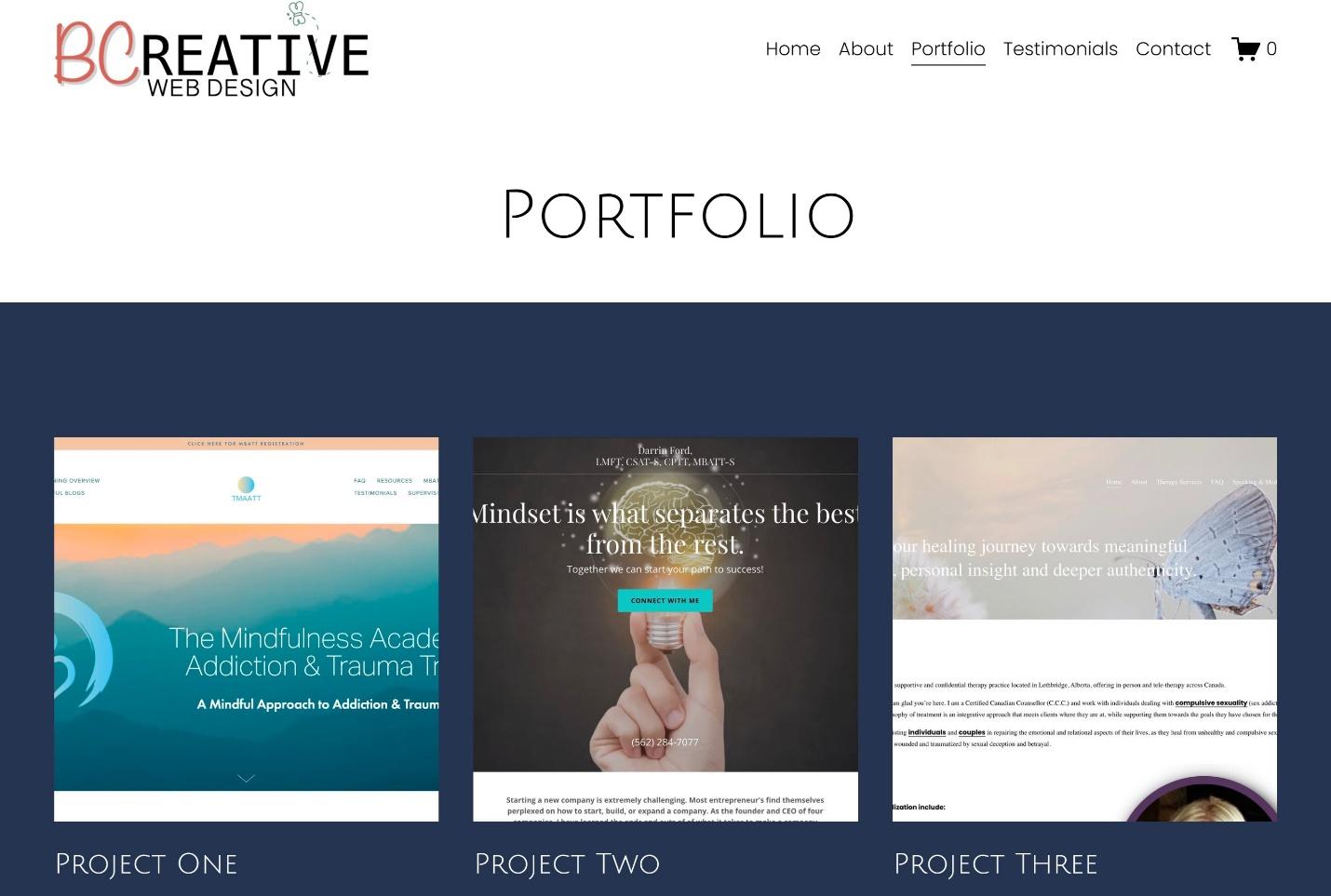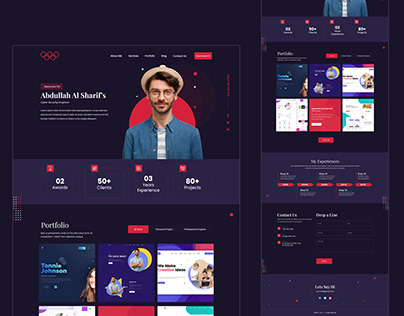Essential Tips for Crafting High-Impact Internet Site Styles
In the realm of digital advertising, the layout of a site acts as a crucial touchpoint for engaging possible customers. To produce high-impact website layouts, one should think about necessary components such as target market understanding, individual experience, and visual hierarchy. Each of these elements plays a critical role in not just drawing in visitors however additionally in assisting in meaningful communications. The interaction between these variables can be complex and nuanced, increasing the inquiry of just how to successfully stabilize them to accomplish optimum results. Exploring these strategies can result in transformative results for your on the internet existence.
Understand Your Target Market
Recognizing your audience is essential to reliable internet site style. A web site that reverberates with its visitors is usually the outcome of thorough study and understandings into customer habits, demographics, and preferences. Determining target customers enables developers to tailor material, visuals, and functionalities that satisfy their certain needs, boosting engagement and satisfaction.
To properly understand your audience, start by performing market evaluations to gather information on age, sex, area, and rate of interests. This info functions as a foundation for developing customer personalities, which represent the essential features of your target market. These personalities overview decision-making in design aspects and material method, making sure alignment with individual expectations.
Furthermore, analyzing user habits with tools like Google Analytics can disclose just how visitors communicate with your site. Metrics such as bounce prices and time on web page can highlight areas that need renovation or adjustment. Customer surveys and responses also give vital understandings into choices and discomfort factors.
Ultimately, a deep understanding of your audience is not simply useful yet essential. It encourages developers to produce more pertinent, enticing, and practical sites that promote a positive user experience and drive wanted end results.
Prioritize Customer Experience
When making a web site, prioritizing individual experience (UX) is extremely important to attaining both user complete satisfaction and service purposes. A well-crafted UX ensures that visitors can navigate the website effortlessly, locate the info they require, and involve with material properly. To complete this, it is essential to adopt a user-centered layout technique that involves understanding user requires, choices, and behaviors.
Start by performing comprehensive research study, including customer studies and use testing, to gather insights right into how individuals interact with your website. This information ought to inform layout decisions, making certain that attributes and designs line up with user expectations. Streamlined navigation is crucial; visitors must be able to find details rapidly without unnecessary clicks or complication.

Last but not least, ensure that your site is available to all individuals, consisting of those with specials needs. Complying with availability requirements not only widens your target market yet additionally cultivates inclusivity. By prioritizing UX, you lay the structure for an effective web site that meets both user needs and business goals.
Embrace Visual Pecking Order
A well-structured visual hierarchy plays a considerable role in boosting customer experience by leading visitors' attention to one of the most crucial aspects of a web site. By tactically setting up content, developers can create a clear path for users to adhere to, ensuring they engage with vital information effectively.

In addition, the placement of components on the page is critical. Leading the customer's stare through the layout can be attained by positioning crucial details on top or in the center, where users generally start their visual journey. Incorporating whitespace around components can likewise improve quality, making it much easier for customers to process information without really feeling overwhelmed.
Finally, using typography effectively adds to visual power structure. Various typeface weights, styles, and sizes can signify importance, directing users via the web content effortlessly. By welcoming these concepts, designers can produce an intuitive experience that cultivates involvement and urges individuals to discover even more.
Optimize for Mobile
Mobile optimization is necessary in today's electronic landscape, as a significant section of web traffic comes from smart phones. To make certain a smooth customer experience, web sites must be designed with mobile individuals in mind. This includes employing responsive internet design strategies that adjust the layout, pictures, and text to fit various display dimensions while maintaining performance and appearances.
First, prioritize loading speed, as mobile users typically operate slower networks. Decrease and enhance photos code to enhance performance. Furthermore, navigation check should be user-friendly; consider carrying out a simplified food selection that allows easy access to important pages without overwhelming individuals.
Touch targets, such as web links and buttons, need to be suitably sized, ensuring they are conveniently tappable without errors. Moreover, ensure that kinds are mobile-friendly by decreasing input areas and making use of dropdowns where appropriate, streamlining the individual experience.
Lastly, examination your web site throughout different smart phones and internet browsers to recognize any problems that may affect use. By prioritizing mobile optimization, you not just enhance user fulfillment yet likewise positively impact your website's internet search engine ranking, hence bring in more site visitors and improving total involvement.
Implement Strong Branding
A distinct brand name not only differentiates you from rivals but also cultivates trust fund and loyalty among your audience. This identification must be shown consistently throughout all digital touchpoints, including your internet site, social media, and e-mail communications.
Visual elements such as logos, color pattern, and typography play a critical role in branding. Choose a color palette that reverberates with your target market and shows your brand name individuality. Make sure that your logo design is versatile and plainly presented on your internet site, boosting brand recognition.
Material is equally crucial; your tone of voice need to align with your brand identity, whether it's professional, pleasant, or authoritative. Engaging storytelling can even more reinforce your brand, creating a psychological link with customers.
Conclusion
In verdict, crafting high-impact web site styles necessitates a diverse technique that includes comprehending the target market, focusing on individual experience, and embracing aesthetic power structure. By integrating these components, web sites can successfully engage users, facilitate smooth navigation, and foster psychological links that boost brand name identity.
To produce high-impact site styles, one must consider crucial aspects such as audience understanding, customer experience, and aesthetic pecking order.When designing a website, focusing on user experience (UX) is extremely important to accomplishing both individual satisfaction and service objectives.Begin by conducting thorough research study, including user surveys and Going Here usability testing, to gather insights right into just how individuals interact with your site. To guarantee a seamless user experience, internet sites have to be made with mobile customers in mind.In final thought, crafting high-impact website designs necessitates a diverse strategy that encompasses understanding the target market, prioritizing user experience, and welcoming aesthetic hierarchy.